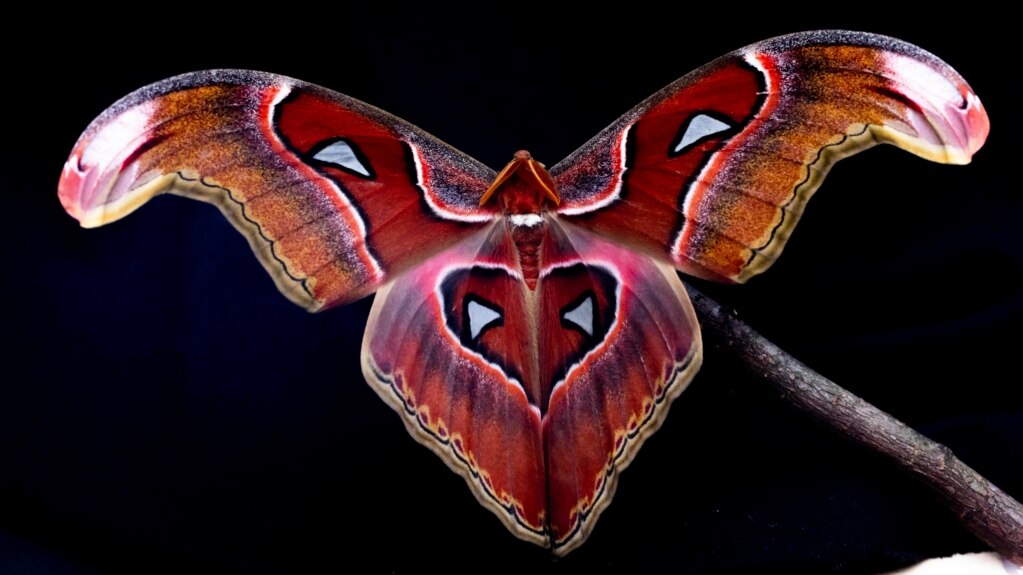Many people have long believed that bright lights draw, or attract, flying insects.
But that is not exactly what is going on, a new study suggests.
Researchers believe that artificial lights at night may cause problems with flying insects’ natural navigation systems. As a result, the creatures fly in confusion around porch lamps, street lights and other artificial lights.
“Insects have a navigational problem,” said Tyson Hedrick of the University of North Carolina, Chapel Hill. Hedrick was not involved in the research. He added, “They’re accustomed to using light as a cue to know which way is up.”
Insects do not fly directly toward a light source, but actually “tilt their backs toward the light,” said Sam Fabian of Imperial College London. Fabian was a co-writer of the study that appeared recently in Nature Communications.
This tilting action would make sense if the strongest light source was in the sky. But in the presence of artificial lights, the result is midair confusion.
For the study, researchers attached very small sensors to moths and dragonflies in a laboratory. They then filmed “motion-capture” video of flight — similar to how filmmakers attach sensors to actors to follow their movements.
Researchers also used high-resolution cameras to film insects flying around lights at a field in Costa Rica.
Such films permitted researchers to study in detail how dragonflies circle endlessly around light sources, positioning themselves with their backs facing the light. Researchers also documented that some insects fly upside down — and often crash land — in the presence of lights that shine straight upward like search lights.
Insect flight was least disrupted by bright lights that shine straight downward, the researchers found.
“For millions of years, insects oriented themselves by sensing that the sky is light, the ground is dark” — until people invented artificial lights, said Avalon Owens of Harvard University. Owens was not involved in the research.
I’m John Russell.

